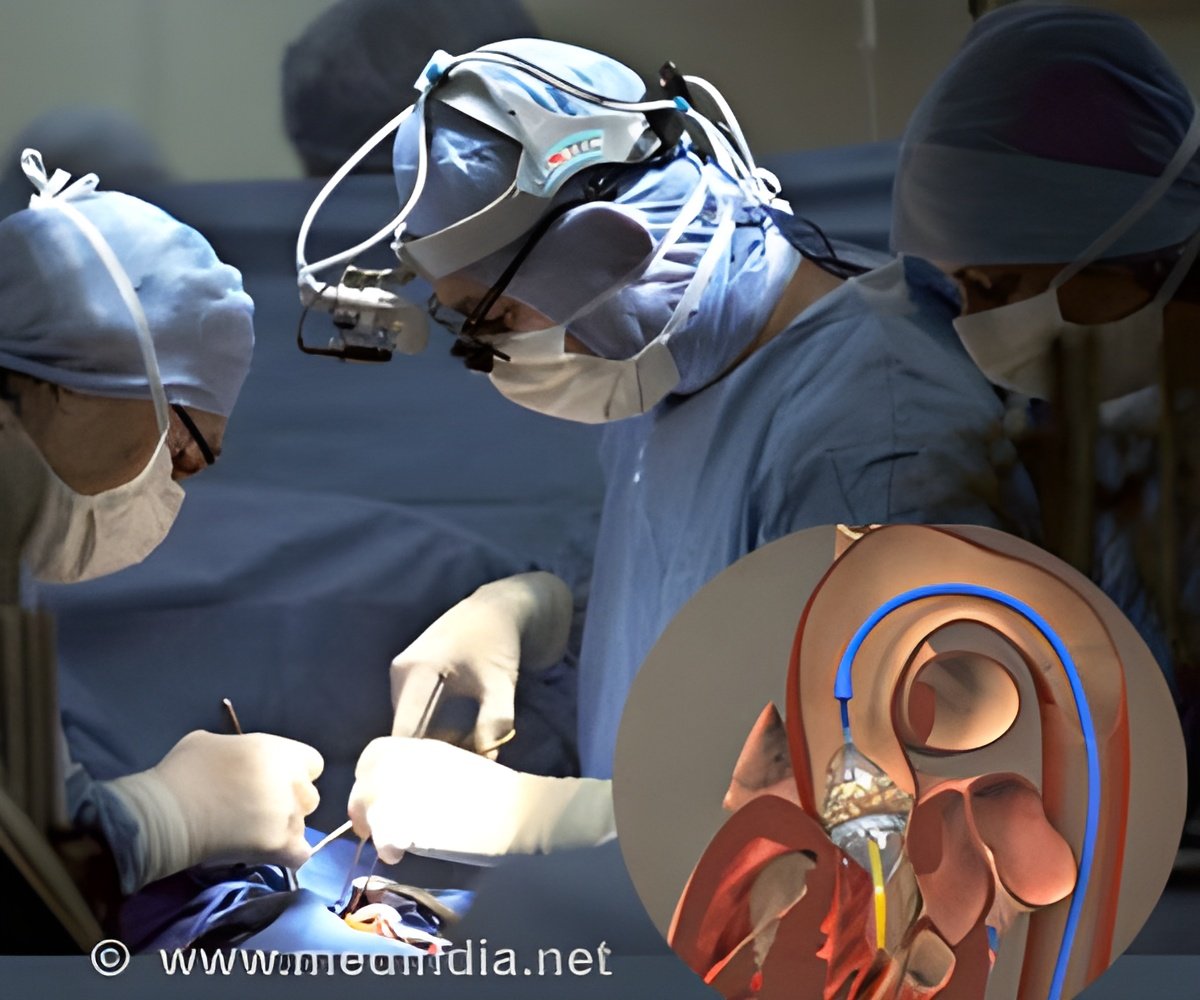Doctors in the US have successfully performed an alternative procedure to open-heart surgery.

Todd Dunlap, 62, became the first person to successfully undergo the procedure after it was offered to him instead of the more critical open-heart surgery, the report said.
Doctors said the procedure could be used more widely in future as an alternative to the open-heart surgery as it was a great option for the older, frail person who wouldn't survive open-heart surgery, added the report.
A tiny camera was slid down into Dunlap's oesophagus to monitor his heart before putting a coiled tube though his neck artery to plug one end into his heart, against the clot.
Doctors threaded the other end through a vein at the groin and hooked the tube up to a powerful heart-bypass device in the operating room to create suction.
"Once in place, the AngioVac (the device used to vacuum out the clot) quickly sucked the deadly clot out of Dunlap's heart and filtered out the solid tissue," said Moriarty, who offered the procedure to Dunlap.
Advertisement
The procedure lasted three hours.
Advertisement
Source-IANS










